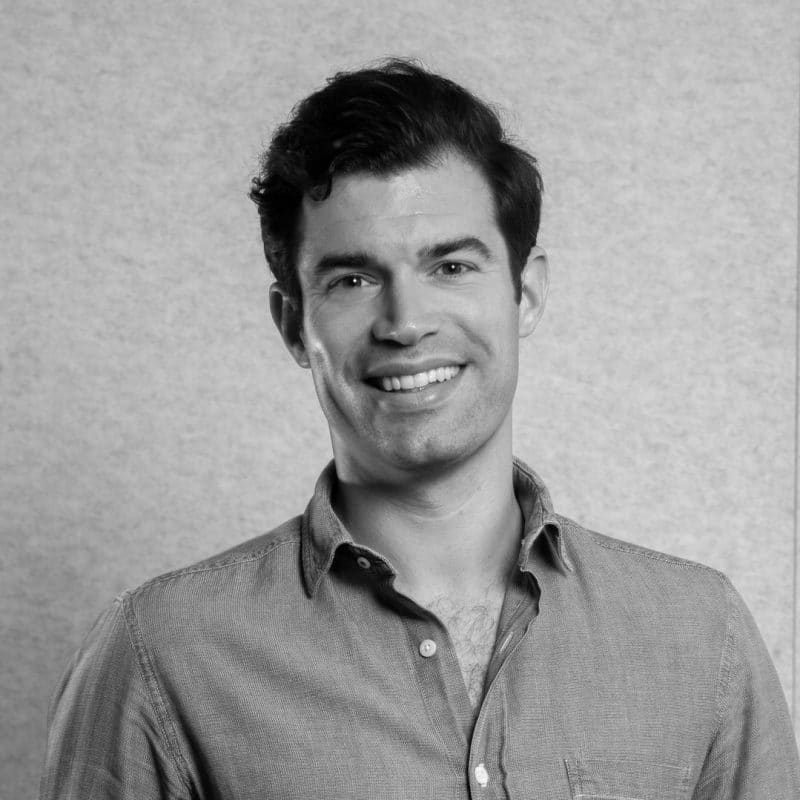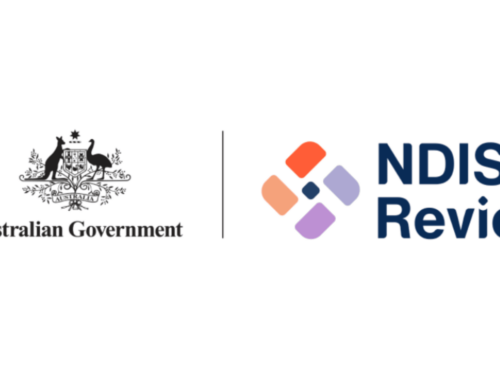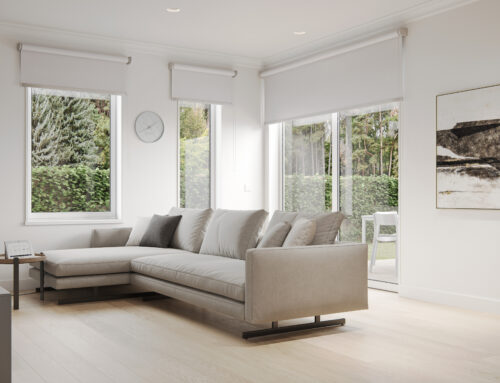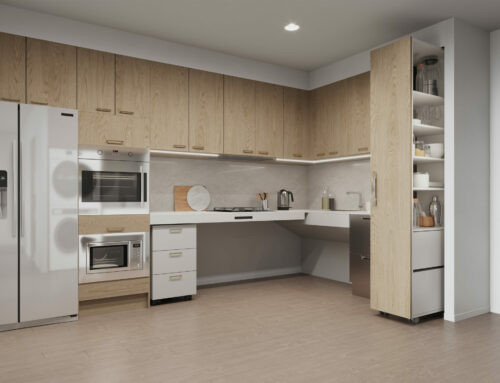“Focus on user’s experiences, especially their emotional ones.”
Design Thinking frameworks in construction projects promote innovation, user engagement and close the “feedback loop.”
The most significant tensions on a construction project exist between stakeholders when applying a developed design to the built form. More often than not, the built form does not meet the end user’s expectations in some form or another, whether this is functionally or aesthetically. Unfortunately, it is rare to take these lessons learned or feedback through to future projects. The Development Team at Vera Living disrupts this trend by focusing our efforts on understanding end users’ expectations and experiences, then applying this knowledge to our projects.
Design thinking provides a set of principles to business practices and problem-solving. It promotes empathy with users, a discipline of prototyping, and tolerance for failure. It is a fantastic tool to develop interactions between users and providers that assist with creating a more human-centric approach to business and projects.
The Key Principles to Design Thinking are:
- Focus on users’ experiences, especially their emotional ones.
- Create models to examine complex problems.
- Use prototypes to explore potential solutions.
- Tolerate failure and embrace risk.
- Exhibit thoughtful restraint.
Design Thinking provides insight into how Vera Living takes a human-centric approach to our developments. Over the next 6 months, we will release an article every month to explore one of the key principles of Design Thinking and how this can apply to a project.
This month’s article dives into the first key principle – Focus on users’ experiences, especially the emotional ones.
Users’ Experiences and the Double Diamond Method:
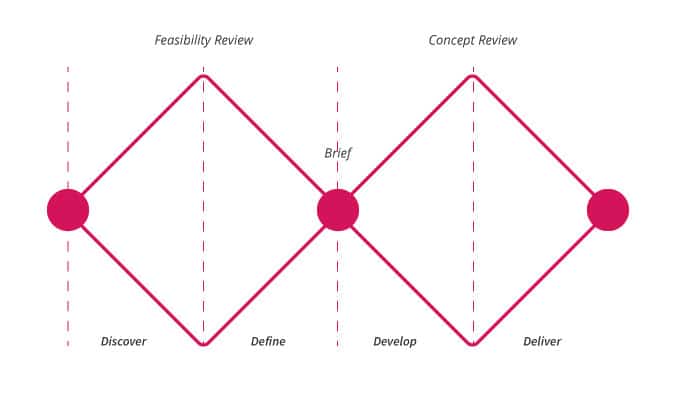
A design-centric organisation empowers employees to observe behaviours and draw conclusions about what people want and need to build empathy with users. These conclusions can’t be captured in quantitative data, and organisations that successfully drive Design Thinking use emotional language to describe products and users. To do this, organisations need to immerse themselves with the end-users. This is more than sending out a mail survey and reviewing the written feedback. It is about active engagement done through face-to-face interaction.
Influential design thinkers listen to the spoken word and identify the subtle body language tips that an end-user may convey about their product experience.
The double diamond method provides a linear research methodology to reveal end-user requirements, expectations, and experiences. The two diamonds represent a process of exploring an issue more widely or deeply (divergent thinking) and then taking focused action or developing a solution (convergent thinking). Focus on users’ experiences, especially the emotional ones, occur in the first diamond, in the discovery and definition phase. The touchpoints and knowledge gained from users in the first diamond of a project phase converge to inform the design brief that drives the development of the product or project.
Design Thinking practice has become integral to Vera Living’s approach to designing and developing our homes and apartments.
We do this by engaging with key stakeholders such as SIL’s, Support Coordinators, Occupational Therapists, Future Tenants, Architects and Contractors to develop the design brief for Vera Living homes and apartments. We are committed to providing a home that our tenants will be proud of, one that can contribute to the opportunity for more control and independence. We have characterised this engagement with stakeholders as “Co-Design,” an offering that allows future tenants to design their home with us.
Soon tenants will occupy our homes, allowing us to engage with them and understand their experiences, informing the changes and updates to be included in future projects. This is vital to the success of Design Thinking. Many see projects as linear in nature, born of a concept, taken through delivery and once handed over, considered complete. We see a project as circular. Once the keys are handed to the tenant, we actively engage with them to understand their experiences and make adjustments to their home where possible. This also informs the design brief for future projects, closes the “feedback loop,” and provides a human-centric approach to our homes.
Thanks,
Conor Nix | Head of Development

